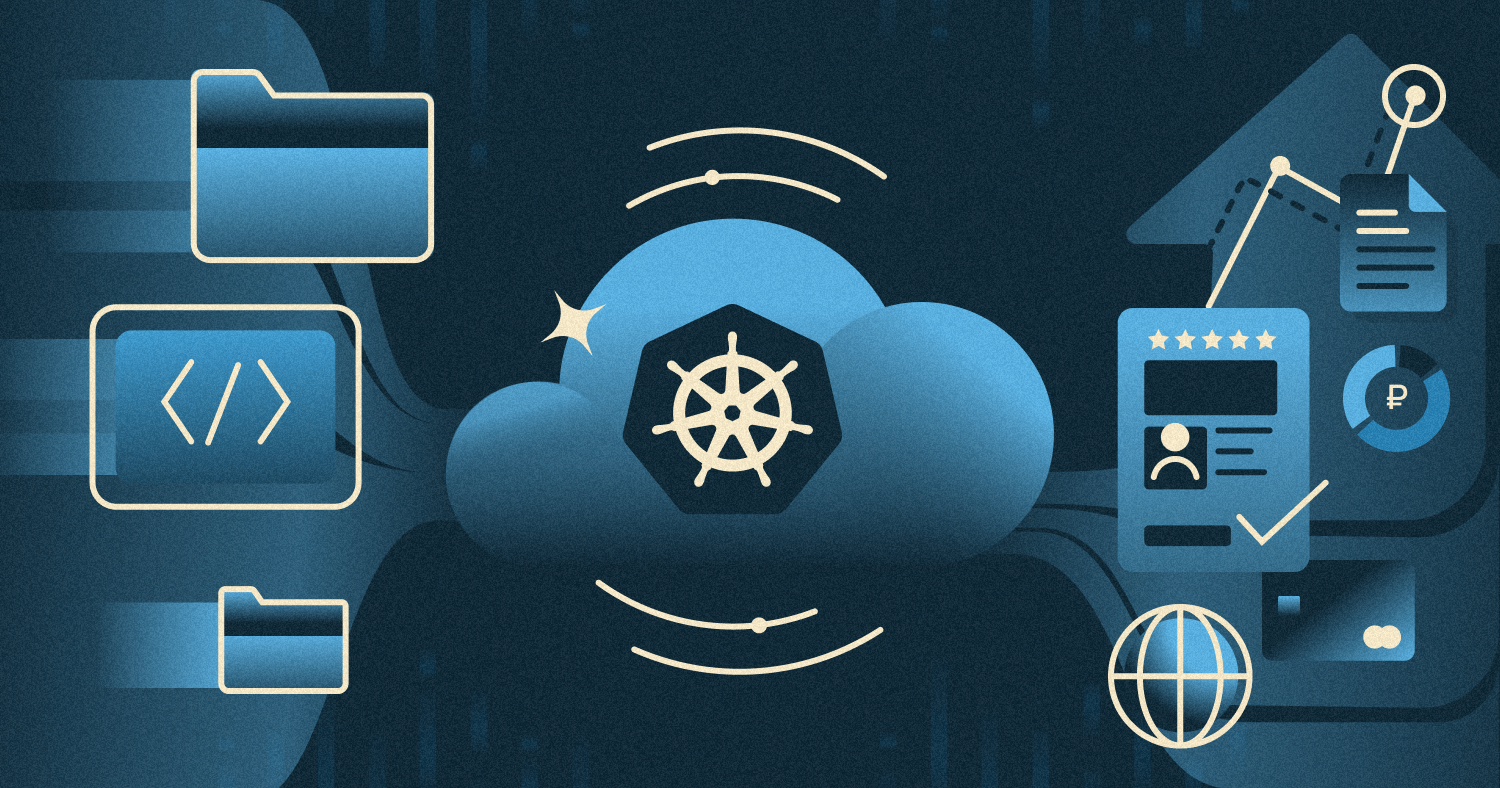Do you wish to manage your Docker images and save them in a safe, private environment? A private docker container registry is the perfect solution for any organization looking for an easy way to keep their sensitive data protected. Self-hosted options are more essential nowadays than ever before due to the growth of containers. They can assist in ensure compliance on a variety of platforms, and offer better security and authentication layers. Even if you’re new to Docker or have previously had to manage hundreds of containers using Kubernetes before, having an internal registry allows teams to gain greater control over the development process and speedily deploy ready to use apps without worrying about the security risks that might arise.

Container registries are an essential element of the containerization process. To manage the many containers in an application developers have the option of using a private or public registry. While private registry providers provide strict security and control over who has access to access images, public registries give extensive availability and accessibility to developers. It isn’t easy to choose the best registry for your project. By weighing the advantages and disadvantages you’ll be able to make an informed choice. It all depends on the degree of security, control and accessibility are required.
In today’s fast-paced technology development, efficient container management is vital for the success of any enterprise. This is where private container registries come into play and allow businesses to store, manage and distribute container images efficiently.
Private container registry, sometimes referred to as a private docker registry or docker registry is a secure storage space for the storage of images from containers. It serves as a central place to manage container images and allows developers to share images across teams and applications. Private container registry services are vital for those who use containers and wish to ensure that their images are secure and private.
One of the main benefits of a private container registry is the capacity to seamlessly integrate it with all major cloud computing providers. This allows organizations to scale their storage needs without difficulty while maintaining a secure and efficient software delivery process. Private container registries become increasingly crucial in the modern software development pipelines due to the growing popularity of containers orchestration and containerization tools like Kubernetes.
Private container registries are safer than public registry. One of the most significant advantages is that they provide more control over access rights and permissions. Through a private registry companies can establish specific access control policies that make sure that only authorized users have access to containers images. This keeps access from being unauthorized and lowers the risk of security breaches.
Private container registries also offer optimized network responses that can greatly improve the speed of image retrieval. If images are saved to private registry registries, they’re usually stored nearer to where they’ll be utilized. This reduces the latency and improves the overall performance of the application.
Private registry allows for custom access control. A private registry permits organizations to establish access control policies with a finer detail that will only permit certain groups or users access to specific container images. It ensures that only authorized personnel are able to access proprietary or sensitive images.
Private container registries do not just allow you to safely and efficiently manage images in containers but also offer a variety of other options that can simplify the management of containers. Some private container registries are for instance, offering automated image scans as well as vulnerability detection. This can help organizations find security problems before they turn into a major issue.
Private container registries can offer various deployment strategies, which allows users to choose the method that best suits their requirements. Some private registries have installations on premises, which are beneficial to organizations who must keep their container image on-premises in order to meet compliance or regulatory regulations. Cloud-based deployment is another alternative that could be more cost effective and scalable specifically for large-scale container image management.
There are numerous factors to take into consideration when choosing an online registry that is private. Security is one of the most important aspects. Private registry should be protected by security measures including image scanning, encryption, and access control. This will safeguard the container images against unauthorized access.
One aspect to be considered is the accessibility. A private registry must be easy to set up and use, and should have a user-friendly interface and clear instructions. It should also offer seamless integration with popular container orchestration tools such as Kubernetes that make it easy to manage container images in the modern software development pipeline.
It is also important to consider the scalability and capacity of an individual registry. The registry should scale up to meet the demands of organizations as they grow and need to increase storage for images in containers. This shouldn’t be a problem for the performance or security.
Private container registry is an essential component of any modern software development pipeline. It provides the most efficient and secure way to manage containers images. Companies can also expand their storage requirements without difficulty. Private container registries offer an easy solution for managing containers with their optimized network response, customized access control, and seamless integration to the major cloud computing providers.